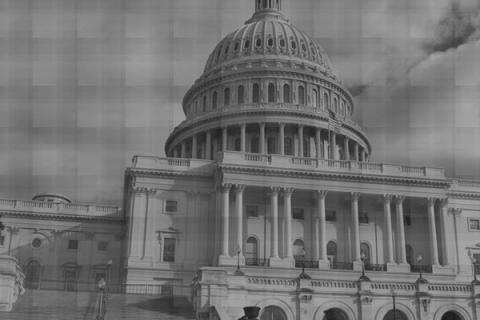California has mandated that 33% of power by 2020 must be from renewable sources. This has created a huge surge in applications to build renewable energy plants as developers have rightfully determined that Californians will have to buy power from them by 2020.
The state needs 20 GW (20,000 MW) more in renewable energy by 2020 to meet the 33% goal. It currently has proposals for 71 GW! This is certainly encouraging and quite unexpected..
Yet, it still hasn't met the 20% renewable goal it set for 2010 for the big three utilities. At the end of 2010, Southern California Edison was the closest at 19.4%, PG&E trailed a bit at 17.7%, while San Diego Gas & Electric was way behind with a dismal 11.9%. It is bit difficult to see how a hugely optimistic new goal can be reached by 2020 when a far more modest one was not achieved by 2010.
However, technology, as always, is advancing fast. Costs are dropping for solar, especially photovoltaics. The coming huge demand for solar technology from California will certainly drop prices even more as economies of scale come into play and R&D produces new breakthrough technologies.
While it is certainly beneficial that developers want to create 71 GW of new renewable power, challenges exist. Certainly some, maybe even most of these projects will never be built. NIMBYs, financing problems, and unfavorable environmental reviews could torpedo any project. Cal-ISO, who determines how such projects will fit into the grid, has no idea which projects will survive and be built. Thus, it has to make contingency plans for all of them. Our existing grid is unprepared to handle 20 GW of new renewable power, much less 71 GW. It must be upgraded, and soon.
Developers are required to deposit sizable sums as a deposit for their share to upgrade the grid. These deposits will increase as projects start to come online, and will certainly help pay for some upgrades. However, the perpetually broke State of California will almost certainly have to come up with additional billions to modernize the grid.
50% of the proposed projects are for solar, with a substantial amount of wind too. However, wind and solar require enormous amounts of land. Are we prepared for tens of thousands of acres of now empty land to be filled with solar panels and reflectors?
Some farmers, while they've certainly installed wind and solar power, counsel caution here. California Farm Bureau Federation President Paul Wenger says:
"There's a new land rush that's been touched off by pressure to maximize solar energy development. Solar developers look for flat land with good solar exposure, and that often means farmland. Government policy should conserve productive farmland and limit solar development to marginally productive lands."
If this was done, then the Mojave Desert would no doubt soon be carpeted with solar. This would be a good thing for the cities but maybe not so much for the Mojave. Sooner probably, rather than later, the expansion of solar and wind in California will start bumping up against other economic interests. This is inevitable given the scale of the projects.
Also, and this isn't mentioned much, the cost of this renewable energy will unquestionably be sharply higher than energy is now. What will the political and economic ramifications of this be?

